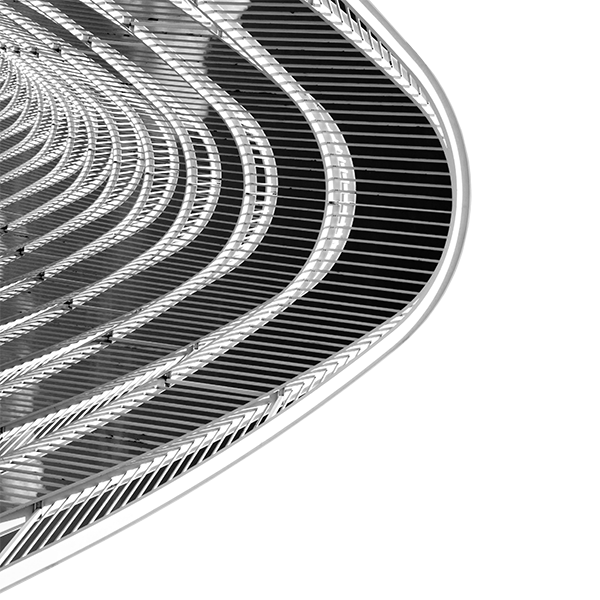Spacecraft Charging and ESD Mitigation
Explore the challenges of space right here on Earth with Electro Magnetic Applications, Inc.’s (EMA) cutting-edge technology.
EMA’s Space Environment and Radiation Effects (SERE) advanced testing chamber gives designers the tools they need to tackle spacecraft charging concerns on advanced equipment like detectors, optics, and solar arrays.
“We do our best to mimic the environment to produce these ESDs (electrostatic discharges) that are similar in energy and duration that you might expect in space,” said EMA Senior Scientist Brian Wood. “That’s really the damage that people want to quantify.”
Energy and fluxes within the space environment actively charge materials and components in varying ways. These differences in charging cause ESD effects, which then couple to sensitive electronics or the chassis.
SERE’s Capabilities

SERE recreates the space environment and potential ESD events using:
- An electron flood source that produces energies between 500eV- 100keV with fluxes measurable down to 5pA/cm². It provides a max output of 5nA/cm² with beam uniformity staying within 80% of max with a 13”x13” square.
- A low plasma generator with an incorporated magnetic filter that produces 5-20eV along with sub-eV electron to mimic the low earth orbit plasma environment. This generator can be used with various gases and output currents to produce densities that range from 1×1013 – 1×108 A/m3.
- A VUV Krypton arc lamp with a continuous spectrum from 125-165nm and an additional peak at 116nm that can be used for surface neutralization and lower end solar simulation.
Designers can combine SERE results with Ansys Charge Plus simulation. As the only commercial tool that analyzes the effects of the space plasma environment on spacecraft, Charge Plus simulates electric arcing, material surface and internal charging, 3D particle transport, and dielectric breakdown. When used during the design phase, Charge Plus helps prevent material degradation, surface flashovers, and electromagnetic interference in harsh environments.
“We’re able to appropriately set up an experiment that represents the given environment that the customer is interested in,” Wood said. “From that representative environment you’re going to get representative ESD events that you can then use for your mitigation downstream.”
With the proven success of testing and simulation, EMA consultants partner with you from the planning stages through testing to liftoff. Contact us now to learn more and get started.

